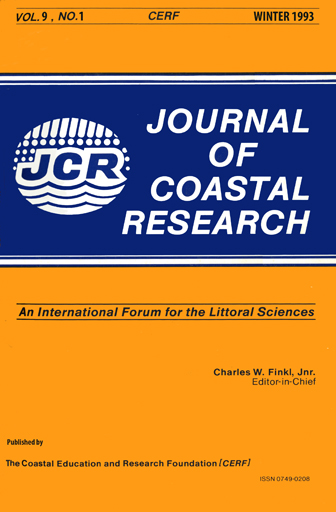Reef Stress at Cahuita Point, Costa Rica: Anthropogenically Enhanced Sediment Influx or Natural Geomorphic Change?
Keywords:
Coral reef, siltation stress, extreme coastal events, coastal retreat, sea-level riseAbstract
Poor species diversity and low live coral coverage on the Cahuita reef (Caribbean coast of Costa Rica) are presently attributed to enhanced terrigenous sediment inputs arising from forest clearance in nearby coastal plain catchments. The wider geomorphic context of a fringing reef community founded on an inherently dynamic shoreline has been somewhat neglected, however. Development of mature coral formations is here constrained by the limited occurrence of hard substrates. Established corals are also subjected to stress during the passage of major storms, as episodes of beach erosion release large volumes of detrital carbonates, siliclastics and swamp peat into reef waters. Increases in suspended particulates, nutrient loading, and water turbidity may all be deleterious to coral growth, and constitute a source of natural stress that is independent of human activity within naturally forested coastal catchments. Recovery from storm impact may be limited by a tendency for net shoreline recession in the face of a slow longer-term rise in relative sea-level. Successful management of the reef ecosystem at Cahuita (and similarly stressed fringing reefs elsewhere) requires additional research on the natural response of such systems to environmental forcing at a variety of scales.


